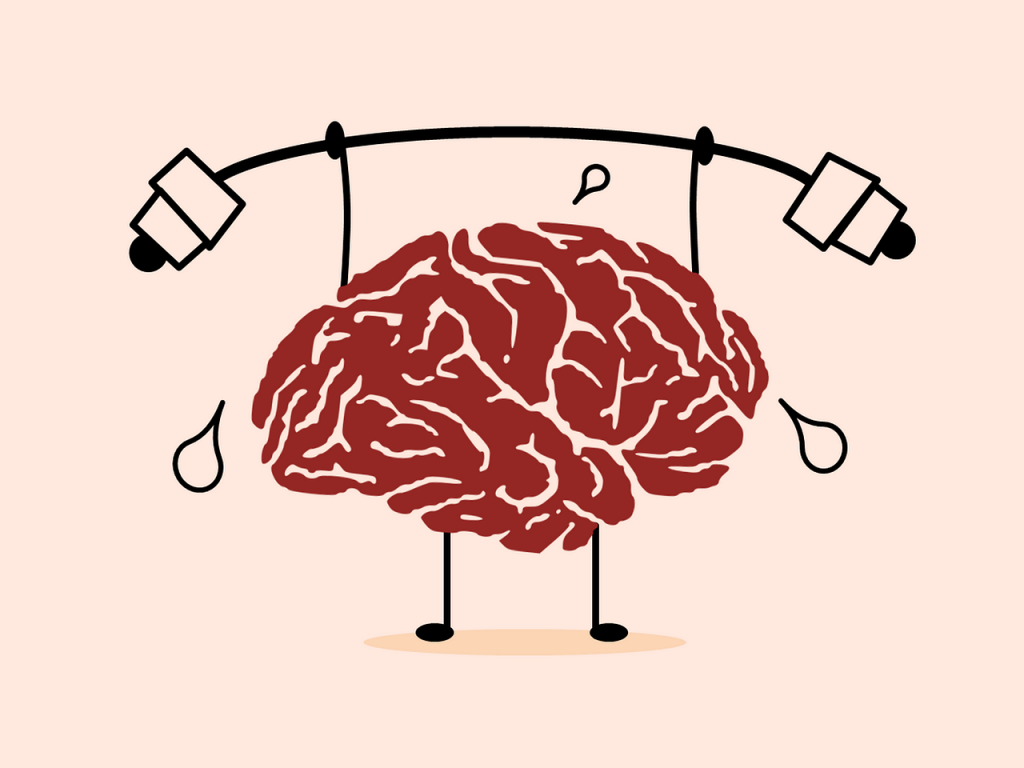Breath and Balance: Crafting Inner Peace Through Practice
In our journey towards balanced living, the practice of conscious breathwork serves as a crucial anchor. The breath, a constant companion, holds the power to shape our emotional and physical well-being, often functioning as an unnoticed ally in our daily lives.
Importance of Conscious Breathwork
Conscious breathing approaches, including deep diaphragmatic breaths and alternate nostril practices, play an essential part in our wellness repertoire. By nurturing awareness of our breath, we can effectively manage our nervous system, facilitating a state of peace and clarity. Techniques like alternate nostril breathing, or nadi shodhana pranayama, aside from balancing energies, lead to heightened focus.
Meanwhile, diaphragmatic breathing, often referred to as belly breathing, facilitates relaxation by promoting optimal oxygen exchange, enabling a profound sense of calm. Even simple techniques like breath counting, which involve mentally tracking the duration of inhales and exhales, provide a meditative quality, fostering enhanced mindfulness and presence.
Incorporating breath-centered practices such as these into daily routines creates moments of stillness amidst life’s chaos. With just a few mindful breaths, one can initiate a pattern of relaxation, demonstrating the profound impact of something as simple and natural as breathing.
Breathing as a Pathway to Emotional Harmony
Breath serves as a bridge between our conscious and subconscious minds, offering a pathway to emotional equilibrium. In states of heightened stress or anxiety, shallow and irregular breathing patterns are common, detaching us from our body’s natural rhythm. Engaging deeply with breath allows practitioners to align their physiological responses with emotional needs, fostering resilience and clarity.
In settings of mindful movement, be it yoga or other forms of intentional exercise, synchronizing breath with motion further amplifies these benefits. The conscious inhalation and exhalation accompanying yoga postures serve not only to deepen stretches but also to connect internal states with physical expression. Such practices invite participants to explore the dynamic interaction of breath and movement, enriching the mind-body connection and promoting holistic wellness.
The Symphony of Movement: Embracing Mindful Motion
Integrating breath with movement is where true harmonic symphony occurs. By participating in activities that emphasize a conscious connection between breathing and physicality, we embark on a path where the past and future fade away, leaving us anchored in the present moment.
Discovering Mindful Movement
Mindful movement encourages us to engage deeply with our body's potential, cultivating a profound awareness of the present. When we incorporate practices such as gentle yoga or mindful walking, each movement becomes an opportunity to synchronize with our breath, enhancing our attentiveness to bodily sensations.
Gentle yoga asanas, like those inspired by Tai Chi, can foster a sense of flow, emphasizing the harmony of breath and motion. These movements are not just exercises but expressions of mindful presence, grounding practitioners and enriching their sensory experiences.
Somatic Awareness and Its Benefits
Central to mindful motion is the concept of somatic awareness, which involves tuning into our body's internal sensations. By developing this awareness, individuals learn to identify areas of tightness or imbalance, fostering a deep connection with their physical being. This process not only enhances physical wellness but also cultivates emotional resilience by encouraging a harmonious integration of body and mind.
As we deepen this somatic connection, conscious awareness naturally extends into everyday actions, making it easier to remain grounded and balanced in various situations. The ongoing practice of mindful movement becomes integral to overall well-being, serving as a dynamic pathway to lasting health and serenity.
The Art of Letting Go: Sculpting Calm Amidst Chaos
In the whirlwind of modern life, learning to let go is vital for maintaining calm and balance. This practice involves releasing the physical and mental tension accumulated from stress, allowing space for peace and resilience to flourish.
Developing Relaxation Responses
Relaxation responses are pivotal in teaching our bodies and minds to intentionally release tension. Techniques such as progressive muscle relaxation (PMR) and guided imagery are powerful in reducing stress and fostering a sense of calm.
Yoga nidra, or yogic sleep, is another profound practice that provides deep relaxation by guiding the mind and body into a state of conscious rest. These tools empower individuals to cultivate an intentional practice of relaxation, building resilience against the stresses of daily life.
Embracing Yogic Philosophy
By drawing on principles from yoga philosophy, we learn to engage in activities mindfully, nurturing a deeper understanding of our bodily and emotional responses. Such philosophical roots can enhance personal growth, fostering a sense of purpose and meaning.
By incorporating these techniques into routine practices, individuals can better navigate life's challenges with grace and composure. The art of letting go becomes not only a mental exercise but a holistic endeavor, promoting overall well-being and stability.
Building Resilience Through Practice
Through regular practice, the ability to let go becomes a skill that builds resilience over time. These practices equip individuals with the strength to face and adapt to life's unforeseen challenges. As resilience builds, so does a grounded sense of inner peace, enabling one to maintain equilibrium amidst life's unpredictabilities.
The holistic approach to mind-body wellness is a transformative journey that revitalizes and enriches our lives. By integrating practices like deep breathing, mindful movement, and the art of letting go, we align ourselves with a dynamic state of balance and tranquility, fostering an enduring connection between mind and body.
Q&A
-
What is the role of deep breathing in yoga philosophy?
Deep breathing plays a central role in yoga philosophy as it is believed to connect the mind and body, facilitating a deeper state of meditation and awareness. In yoga, controlled breathing techniques, or pranayama, are used to regulate life force energy and promote physical and mental balance.
-
How does mindful movement contribute to sensory grounding?
Mindful movement involves engaging in physical activity with full awareness and intention, which helps anchor the mind in the present moment. This practice enhances sensory grounding by focusing on the sensations in the body, such as muscle tension and relaxation, leading to a more profound connection with one's environment and self.
-
Can you explain the concept of relaxation responses in somatic awareness practices?
Relaxation responses are physiological changes that occur when the body transitions from a state of stress to relaxation. In somatic awareness practices, these responses are activated through techniques such as deep breathing and mindful movement, which help reduce stress hormones, lower heart rate, and promote a sense of calm and well-being.
-
How does sensory grounding aid in managing anxiety?
Sensory grounding techniques help manage anxiety by redirecting focus from overwhelming thoughts to present-moment sensory experiences. By concentrating on tangible sensations, such as the texture of an object or the sound of one's breath, individuals can break the cycle of anxious thinking and feel more centered and in control.
-
What is the significance of somatic awareness in personal development?
Somatic awareness, the conscious perception of bodily sensations, is significant in personal development as it fosters a deeper understanding of one's emotional and physical state. By cultivating this awareness, individuals can enhance self-regulation, emotional resilience, and overall well-being, making it a valuable tool for personal growth.








